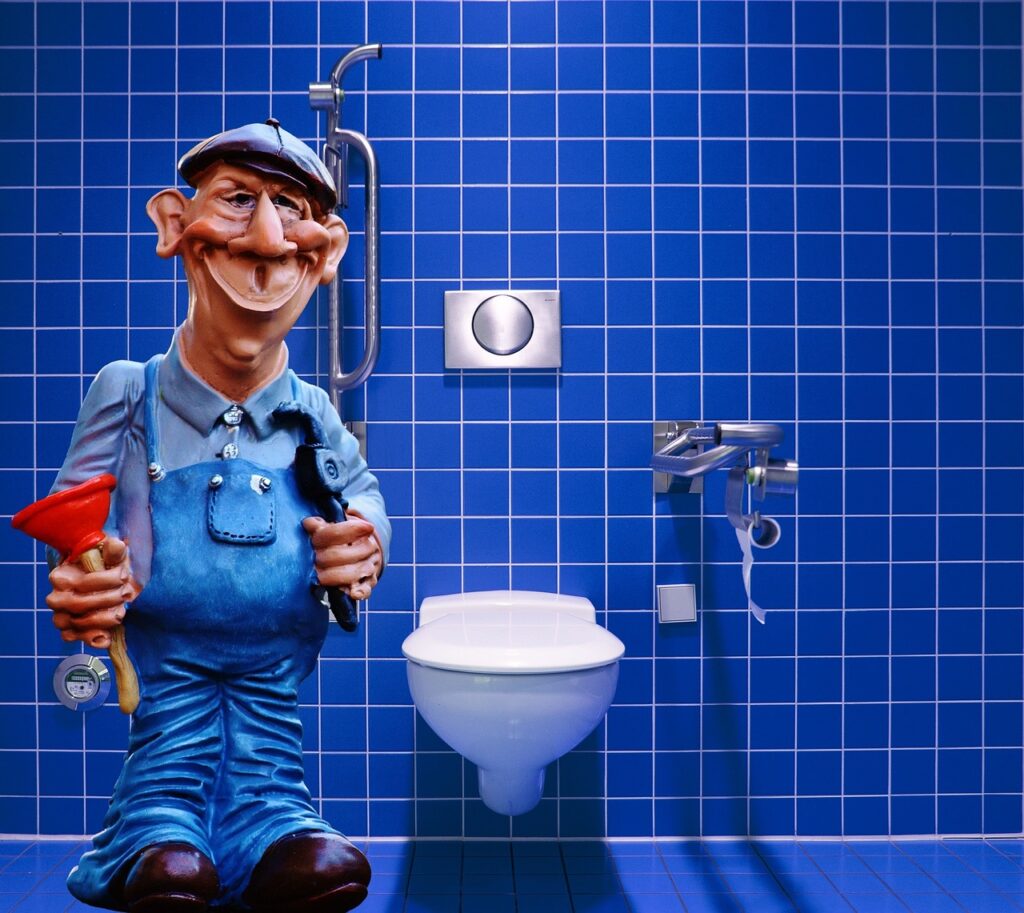A drain camera is a specialized tool designed to inspect the interior of pipes and drains without the need for invasive digging or dismantling. It uses a small, waterproof camera attached to a flexible cable that can navigate through tight bends to provide real-time video or images of blockages, leaks, or damage inside plumbing systems.
This technology allows professionals and homeowners to diagnose plumbing issues quickly and accurately, saving time and money on repairs. Drain cameras vary in features such as resolution, cable length, and lighting, making them suitable for a range of applications from simple home maintenance to industrial sewer inspections.
By using a drain camera, users can pinpoint the exact location and nature of problems within pipes, which helps to avoid unnecessary replacements or guesswork during repairs. This makes it an essential tool for effective and efficient plumbing maintenance.
What Is a Drains Camera?
A drains camera is a specialized tool used to inspect the interior of plumbing and sewer pipes. It allows for visual assessment of pipes by sending live video footage to an external monitor. This device helps detect blockages, leaks, cracks, and other problems without invasive digging or dismantling.
The technology includes a waterproof camera mounted on a flexible cable, designed to navigate through the bends and length of pipes. The camera’s images help plumbers and homeowners understand the pipe’s condition and decide on necessary repairs or maintenance.
How Drains Cameras Work
Drain cameras operate by inserting a small, waterproof camera head attached to a flexible cable into the pipe. The camera moves through the drainage system, capturing real-time video. This feed is sent to a monitor, allowing the operator to see inside pipes that are otherwise inaccessible.
The movement is usually controlled manually, feeding the cable through access points like toilets, floor drains, or clean-outs. LED lights on the camera help illuminate dark interiors. The camera system can identify blockages such as grease buildup, tree roots, broken pipe sections, and other structural damage instantly.
Types of Drain Inspection Cameras
There are several types of drain cameras tailored to different inspection needs:
- Push Rod Cameras: Flexible cables pushed manually into smaller pipes, common for residential use.
- Crawler Cameras: Motorized systems designed for large sewer lines with capabilities for longer and deeper pipe inspections.
- Pan-and-Tilt Cameras: Equipped with adjustable heads that rotate, allowing comprehensive views in tight or complex pipes.
Each type varies in cable length, camera size, and mobility. Selection depends on the pipe diameter, length, and inspection complexity.
Key Features to Consider
Important features of a drain camera include:
- Camera Resolution: Higher resolution provides clearer images to detect fine cracks or debris.
- Cable Length: Determines how far the camera can travel inside pipes, usually ranging from 30 to over 100 feet.
- Waterproofing: Essential for use in wet environments to prevent damage.
- Lighting: Built-in LED lights improve visibility in dark pipes.
- Monitor Type: Some systems have portable LCD screens, others connect to smartphones or tablets.
Durability and ease of maneuverability also impact efficiency during inspections.
Benefits and Applications of Drains Cameras
Drain cameras offer precise visual access to the interior of pipes and drains, enabling accurate diagnosis and efficient problem-solving. Their use spans multiple sectors, providing clear insights that reduce the need for invasive inspections and costly repairs.
Residential Drain Inspections
In homes, drain cameras help identify blockages, cracks, corrosion, and root intrusions without excavation. Homeowners benefit from real-time, high-definition footage, enabling quick pinpointing of issues. This reduces guesswork and unnecessary digging, saving time and money during repairs.
The cameras navigate tight bends and small pipes, which are common in residential plumbing systems. They also assist in checking the condition of sewer lines before property sales or renovations. This detailed inspection can prevent major failures by catching minor problems early.
Commercial and Industrial Uses
Drain cameras serve a critical role in inspecting large and complex piping networks found in commercial buildings and industrial facilities. These systems often require specialized cameras with extended cable length and rugged designs to handle diverse pipe sizes and conditions.
Businesses use these cameras for regular monitoring to avoid costly downtime caused by unexpected pipe blockages or leaks. Industrial settings also rely on them to inspect pipes carrying chemicals or waste, ensuring compliance with safety and environmental regulations.
Preventive Maintenance Advantages
Using drain cameras as part of routine maintenance helps detect wear and tear before failures occur. This proactive approach extends the lifespan of pipes and minimizes emergency repair needs.
Drain inspections identify early signs of buildup, joint issues, or structural deformities. Technicians use these insights to recommend targeted cleaning or repairs, reducing overall maintenance expenses and preventing system disruptions.




